After more than ten years of development in the LED industry, the market has gradually entered a period of steady development, and the growth rate has slowed down significantly. But the small Pixel pitch LED displays that have emerged in recent years are booming, and the development trend is unstoppable.
In mention of the most popular technology in 2016, it is undoubtedly AR (Augmented Reality: augmented reality) and VR (Virtual Reality: virtual reality) technology. Since the fantasy kaka bear that entered the public’s field of vision in early 2015, and worry-free VR viewing and Taobao’s “Buy +” VR shopping in 2016, it seems as if VR / AR technology has begun to integrate into our lives and entered the industrial blowout period.
But what’s the relationship between Small pixel pitch LED display and AR/VA? First, let’s know about what’s AR/VR technology and its application scenarios.
VR (Virtual Reality Technology) refers to a technology that comprehensively uses computer graphics systems and various reality and control interface devices to provide an immersive feeling in a computer-generated and interactive three-dimensional environment.
As long as the user wears a VR device, it can be ‘transmitted’ to wherever they want to go. You can go to Antarctica, where few people live, or to the rainforests of Africa, you can pass through the tunnel of time, and dream back to the warring states period; you also could peek into the vehicles that humans will travel in the next century.
AR is augmented reality, a technology that calculates the position and angle of camera images in real-time and adds corresponding images. And the technology is to project the virtual world on the screen and interact with it in the real world.
The AR system has three outstanding features:1. Real world and virtual-world information integration 2. Real-time interactive3. Add positioning virtual objects in 3D scale space.
Intuitively speaking, AR can assist people to complete more complex tasks through big data support. For example, the replacement and assembly of the machine. The image viewed by the user using AR glasses will be recorded in the AR glasses through a front-end camera, and then the glasses are superimposed on the video programming by the developer to form a guide for augmented reality. In this way, the operator can complete the work step by step.
Take the medical industry as an example. Recently, The scientific research community at Bournemouth University in the UK based on virtual reality and other technologies developed a training system that allows surgeons to perform virtual and real operations. It could help surgeons perform repeated surgical training in a low-risk environment, and makes them more skillful and accurate in real surgery.
In addition, the application of VR / AR to promote clinical medicine in China is becoming more and more popular. On March 6th, the second hospital of Haiyi University in Heilongjiang used AR technology to perform a second heart operation for a 12-year-old patient, and successfully performed surgery for patients with congenital aortic stenosis.
Doctors achieve 1: 1 matching of virtual images and surgical reality through 3D models. The doctor said that AR technology can achieve precise resection and prevent damage to surrounding tissues, helping the success of the operation.
In the whole process, the display screen is the most basic and most important hardware facility, the LED display with better picture quality can undoubtedly significantly improve the user experience of VR products. As the carrier of the terminal display, no matter in screen display effect or functionality, Small pixel pitch LED display has the best effect in the terminal display product.
But what is a Small pixel pitch LED display?
Small pixel pitch LED display, Which means the spacing is small based on the name. From the principle of LED self-luminous display, the smaller pitch, the greater the density of the image display unit, and the clearer the image display,
Shenzhen HTJ technology co., LTD. is an LED display manufacturer from Shenzhen, China, whose products are exported to more than 200 countries . The main model of small pixel pitch LED display is P2.5, P2.0, P1.8, P1.5, P1.25, P1.0, P0.9, etc,
The main characterized as below:
Ultra-thin: Cabinet weight is only 6kg/pcs and the thickness is only 60mm.
Seamless Splicing: CNC fine scientific digital processing, the error is less than 0.1mm, and it is truly seamless.
Adjustable Brightness: The brightness adjustment range is wide, reaching 200-1500nits, meeting various environmental needs.
Color Consistency: It has a very high color consistency and does not cause local distortion or partial brightness loss over time.
Low Brightness, High Gray, High Refresh Rate:16bit grayscale, high contrast, high refresh rate, fine, smooth, high fidelity.
Front Maintenance: Easy maintenance-easy installation-save installation space
Large Viewing Angle: In the range of viewing angles, color patches, black spots, and mosaics do not appear, and the picture is uniform.
Compared with traditional LED displays, it asks for high and strict demand for small pixel pitch LED displays. Because of its high requirements for technology, funds, and product capabilities of research and development, the company’s investment is also high.
But small pixel pitch LED display could meet the VR/AR technology which asks for the high requirements in image quality because of excellent color performance and Low energy consumption.
In addition, compared to other terminal display products, a small pixel pitch LED display can achieve a large-screen seamless splicing display, which can bring users an unparalleled visual experience.
With the 5G is coming, It brings a high-quality information communication environment and provides energy for the breakthrough of VR technology applications,
With the assistance of 5G, more industry applications that require real-time communication and real-time interaction will be practiced and promoted.
Shenzhen People’s Hospital successfully implemented a case of hepatobiliary surgery using AR / VR technology through 5G. Experts from ChangGeng Hospital of Tsinghua University gave precise guidance to the operation team through the 5G network in Beijing, to implement AR / VR + 5G collaborative remote surgery.
Looking forwards to the future, as 5G commercial approaches and VR / AR hardware equipment and related technologies gradually mature, The commercial scenarios of VR / AR in the education, medical, work, and media industries will be further explored, Not only it can improve work efficiency, but also benefit more people. In the whole process, pixel pitch LED display plays an important role.
The famous research and analysis company, “Digital Capital “predicts that by 2020, the market scale of the VR / AR industry will reach up to 30 billion$ and 120 billion$.
The market size of head-mounted VR hardware will reach up to $ 2.8 billion$ in 2020, and the compound growth rate is expected to exceed 100% in the next 5 years.
Of course, with the development booming of the VR / AR technology industry in the future, pixel pitch LED displays will also develop booming because of their seamless spicing and excellent display effect.
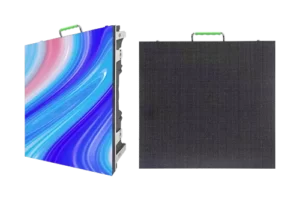


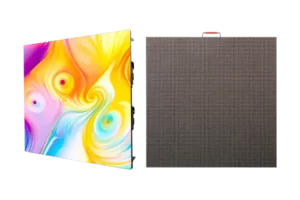
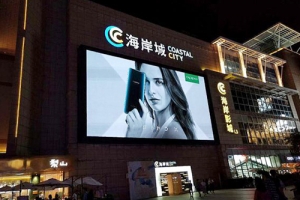


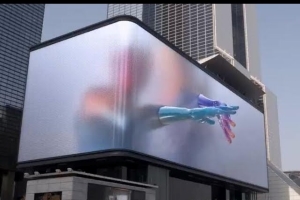
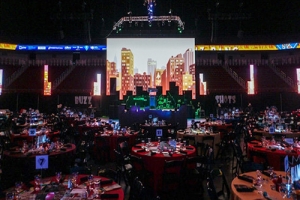

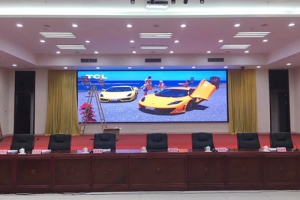
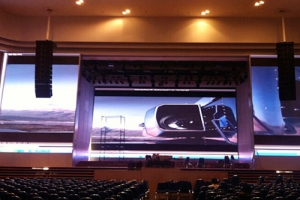
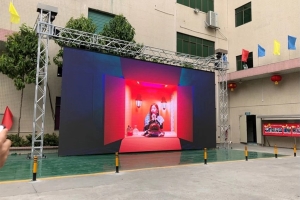
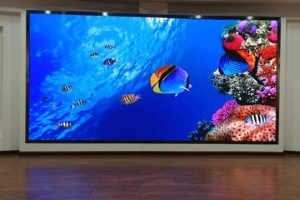
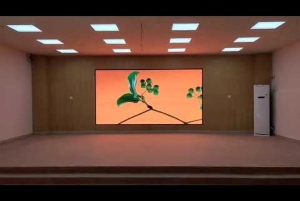
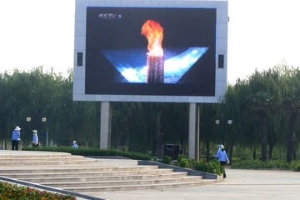






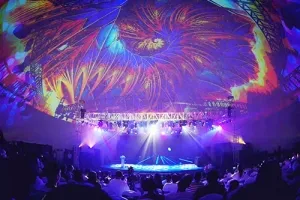

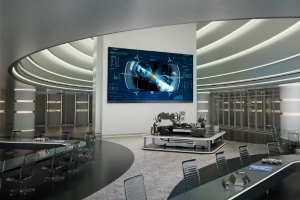






 Language
Language 




